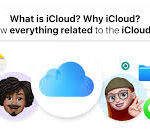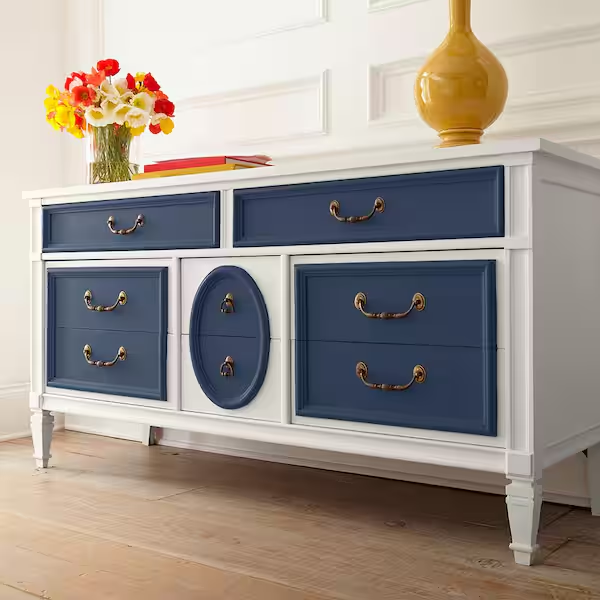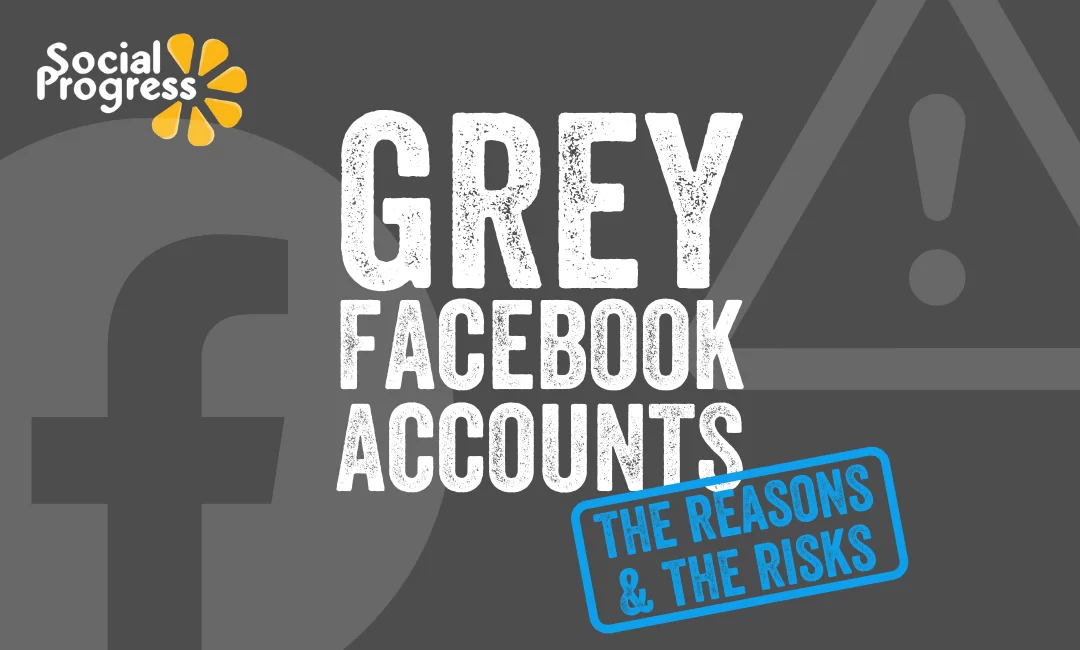Get well soon cards are the good old classics that you can choose to send whenever your friend, relative or a family member is unwell or convalescing. Their changes along time are the same as those of the rest of the communication, technology and modernized norm in a society. We will take a journey along with time to see through a get well soon card starting with a handmade one and leaping to a very sophisticated electronic one that we are sending these days.
The Birth of Handmade Cards
Early Beginnings:
It is true that the idea of sending some written messages that will convey the message of goodwill is not new at all since it dates back to the ancient times. For example, the Egyptians sent messages on papyrus scrolls. But it was not until the time of the Europeans Renaissance that the practice of sending greeting cards began to take its form. Under this period, people began to make handmade cards that are full of emotions and celebrations to express and celebrate.
Handmade Cards in the 18th and 19th Centuries:
In the 18th century, handmade cards were more commonly used by the European aristocracy. Those cards were so unique and eye-catching that everyone couldn’t resist looking at them. They might have been the ones to include fantastic details, like embossed flowers, that were drawn out by hand, along with exquisite illustrations finely crafted. There were also some materials of such cards used for their production such as quality paper, lace as well as ribbons and so dried flowers. The words wishing someone to get better soon that were used in the messages were written according to the relationship the sender had with the receiver, meaning how the former wanted the latter to be safe and healthy.
Victorian Era:
The introduction of well cards into the market was the appearance in the Victorian era of cards that were not only wishes for quick recovery but also the cards carrying optimistic messages that were sent on a seasonal basis, i.e. Christmas and New Year. The main subjects of the postcards from the Victorian era were thematic types of the greeting cards including get well soon cards. Especially with the development of the printing sector, the cards became more and more common purchases among all sectors of the society. The Victorians, who always liked frilly, sentimental and florally their designs, showed the guises they choose; often featuring floral motifs, cherubs, and elaborate typography. The content consisted of very deep and sometimes even poetic notes meaning that they were really emotional, which was among the main attributes of that period.
The Advent of Printed Cards
Early 20th Century:
Printed cards were revealed in the early 20th century. Moves in printing technology, such as lithography, facilitated the production of materials on a large scale. Businesses such as Hallmark, which was established in 1910, were at the forefront of the greeting card industry. It became possible to purchase quite a number of get well soon cards which featured a whole range of designs; from quite simple to rather intricate. These were the ones with the happy pictures or encouraging text “I hope this lifts your spirits” which were among the most popular.
Mid-20th Century:
The middle of the 20th-century was a time of considerable creativity as well as transformation of the get well soon cards’ design and tone. The period following the world wars was a heyday for jokes and tricks that amused adults and children alike. Cartoon characters, clever one liners and vivid representations became the most popular ones. This change mirrored a general transition from a more solemn, formal way of communication to a lighter, more casual one that touched the entire society. The “get well soon” message was obviously more than just one conveying regard – it was also to make the recipient smile.
The Digital Revolution
The Rise of E-Cards:
The greeting card sector was experiencing a new transformation when the internet came to the late 20th century. E-cards-E-cards or electronic cards were brought into existence as the most acceptable and even more environment pleasant substitute for paper cards. They offered new opportunities for internet based media, and internet content providers from corporations such as Blue Mountain and American Greetings allowed anyone to sending and accepting animated and interactive get well soon cards via email. Some of these digital cards employed music, animations, and user personalization at the same time, which opened the door to the traditional notified greeting.
Social Media and Mobile Apps:
Social media platforms and mobile apps multiplied in the 21st century and reshaped the way of send get well soon greetings. The systems of Facebook, Instagram, and WhatsApp were those helping users to convey their thoughts by sending instant messages, images, and videos. Some kinds of mobile applications like TouchNote and Ink even let users create unique cards and send them directly from their smartphones. The combination of digital convenience and physical tangibility offered an unusual way to meet the people we love.
Innovations in Digital Cards:
Today, the digital greeting card industry introduces new and exciting technology. Augmented reality (AR) and virtual reality (VR) have started to introduce themselves as a new medium, offering experiences with full immersion and interactions for get well soon cards. Think about the situation where giving a digital card is just like the recipient can see an animated 3D video pop up on their screen or virtual reality goggles would be used to send a VR get well soon message. These kinds of breakthroughs magnify the feeling of digital greetings, so that they become more engaging and striking.
The Modern Era: A Blend of Tradition and Technology
Customized and Personalized Cards:
The era of new technologies is characterized by a trend called customization and personalization. Both traditional and digital get well soon cards can be unique and customized to suit the likes of the receiver. Sites like Moonpig and Shutterfly, which are exclusively online, offer customization functionalities that allow users to add their personal pictures, select preferred themes, and write meaningful messages. This touch of personalization provides the recipient with a feeling of closeness and thoughtfulness in the greeting.
Sustainability and Eco-Friendly Options:
The demand for eco-friendly and a healthy environment is being widely recognized as a result of environmental awareness is deepening, hence, such a demand. The companies already produce cards, which are environmentally friendly and do not use artificial colors. Also, the digital cards are considered as paperless and very sustainable which is also another promotion for them to the customers. The tendency towards sustainability sends out a clear message of the society’s greater respect for nature and environmental consciousness.
The Emotional Impact:
Changes in the very shape and medium of get well soon cards are virtually irrelevant to the main reason of their existence, i.e., transmitting compassion, sympathy, and courage. Be it handmade, or printed, or digital, these cards are the cause of the receiver’s happiness, thus he/she realizes the love and attention he/she deserves in his way to get well soon. The emotional effect on a thoughtfully chosen get well soon card is such that it gives comfort and raises people’s spirits during tough times.
Conclusion
The transformation that get well soon cards have gone through from being made of one’s love and care to their exploitation as the latest digital greetings is proof that as humans we have an inbuilt urge to connect with each other and show love and care. Each period had its own special feature, reflecting the technological, cultural, and social alterations of those times. The result of our embracing the new technologies is that the ways we give our well wishes will necessarily become less traditional. Nevertheless, the essential spirit of the cards, the genuine compassion for the loved one’s well-being, will always be the core of this timeless tradition.









